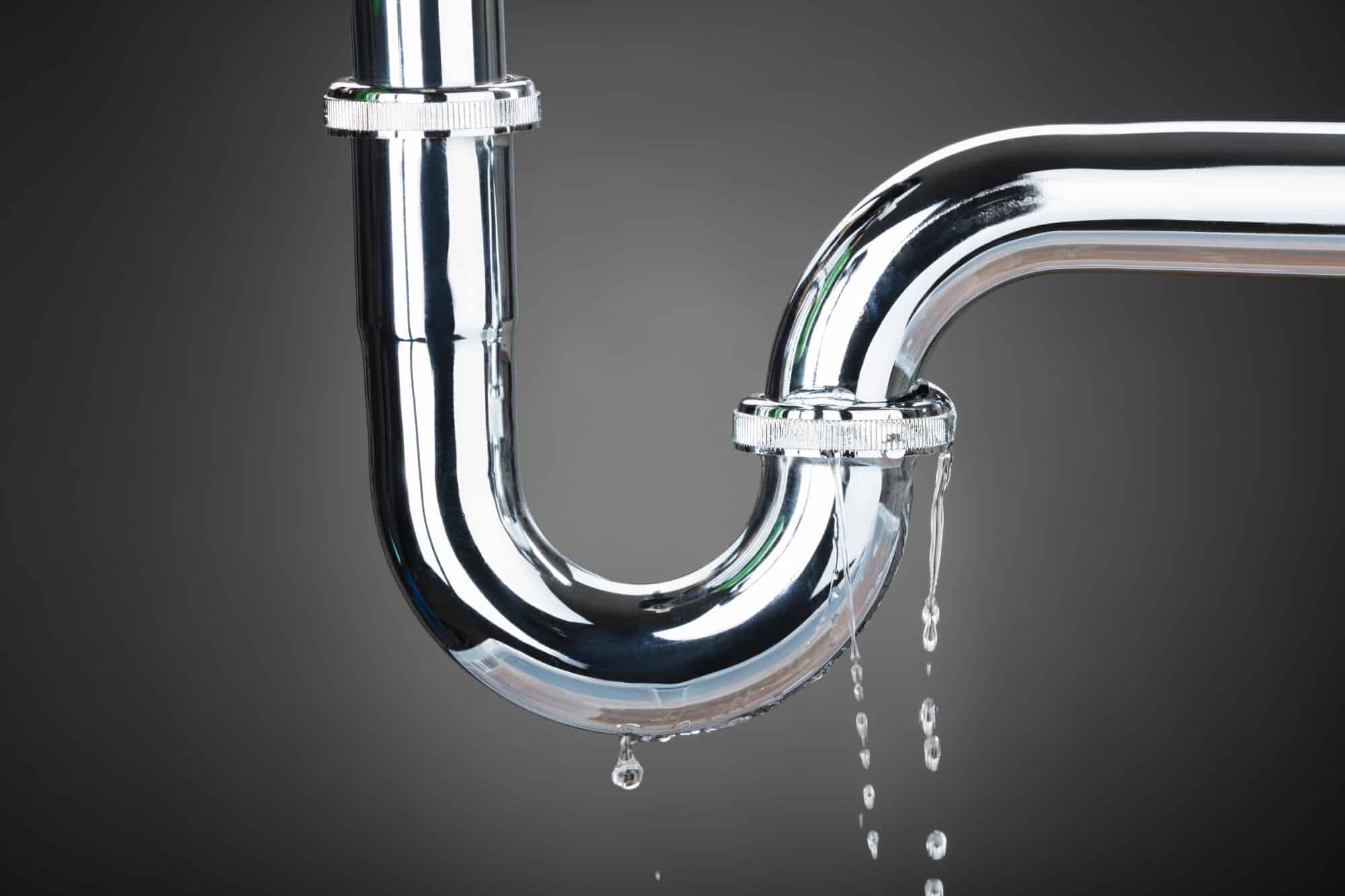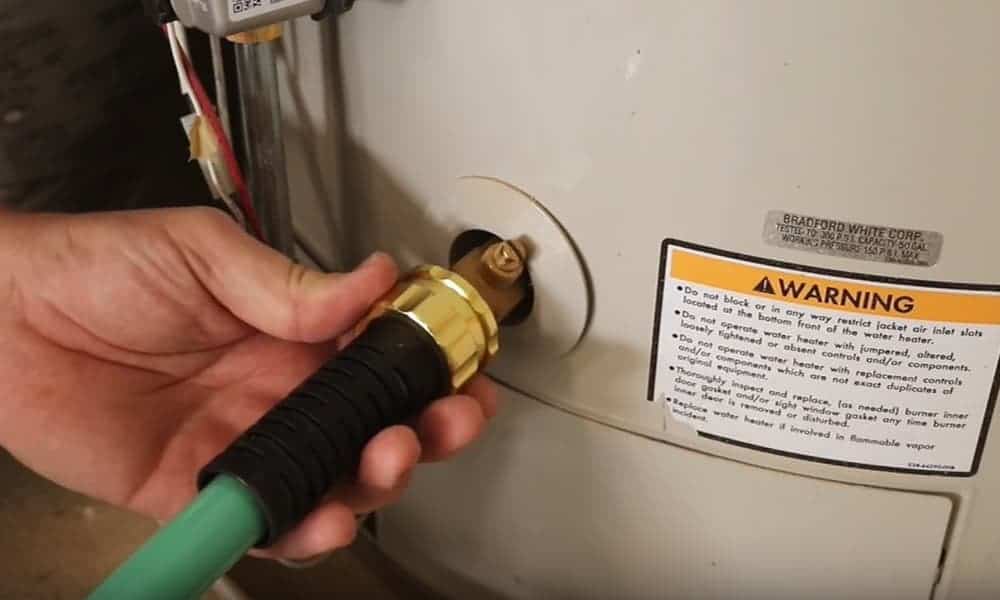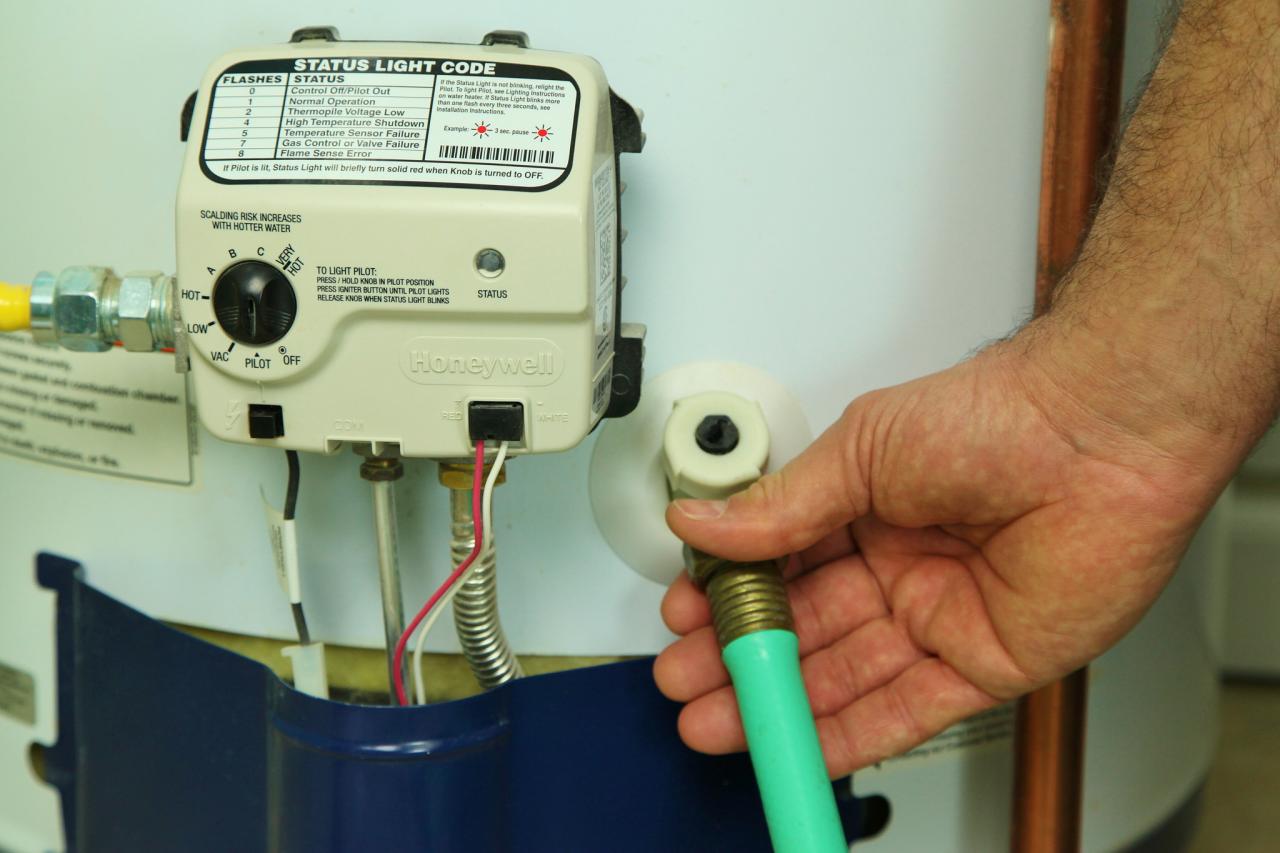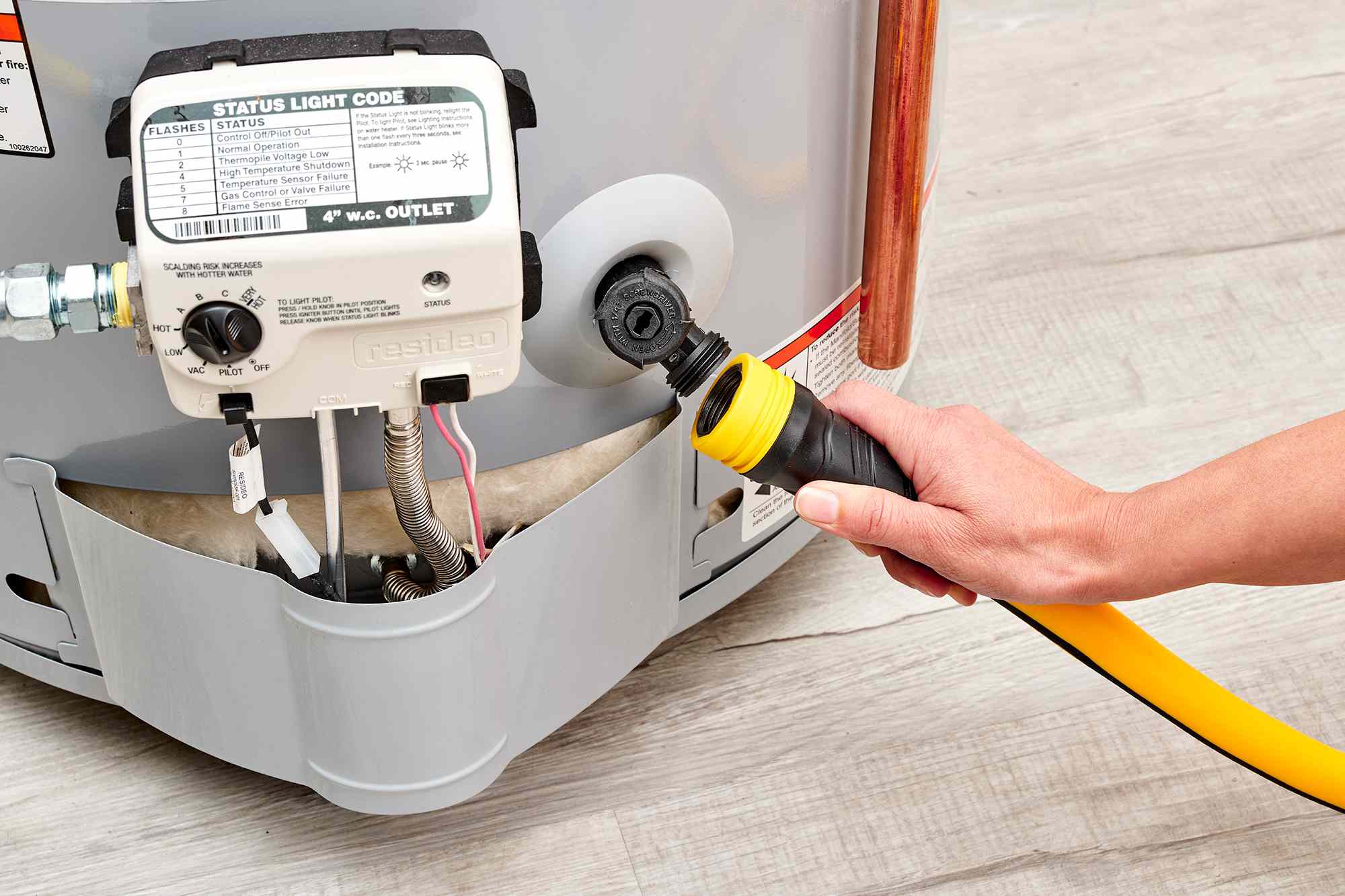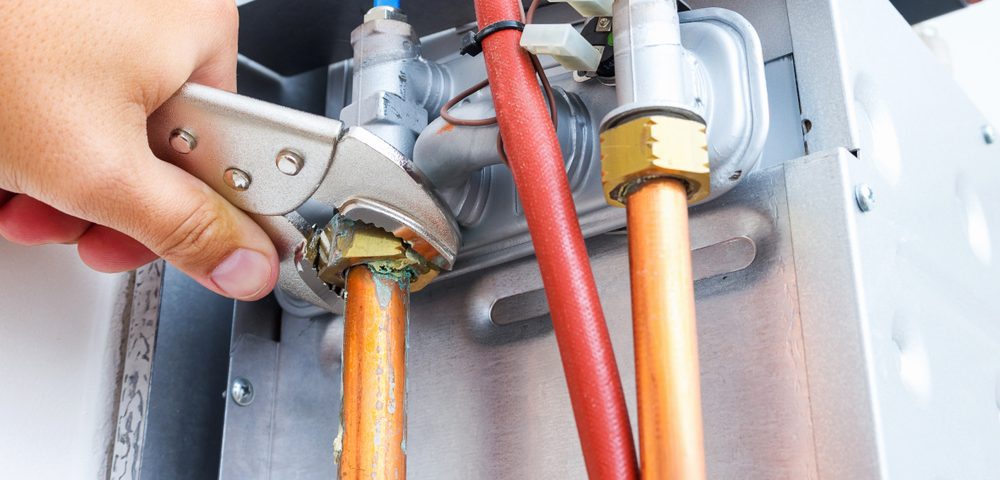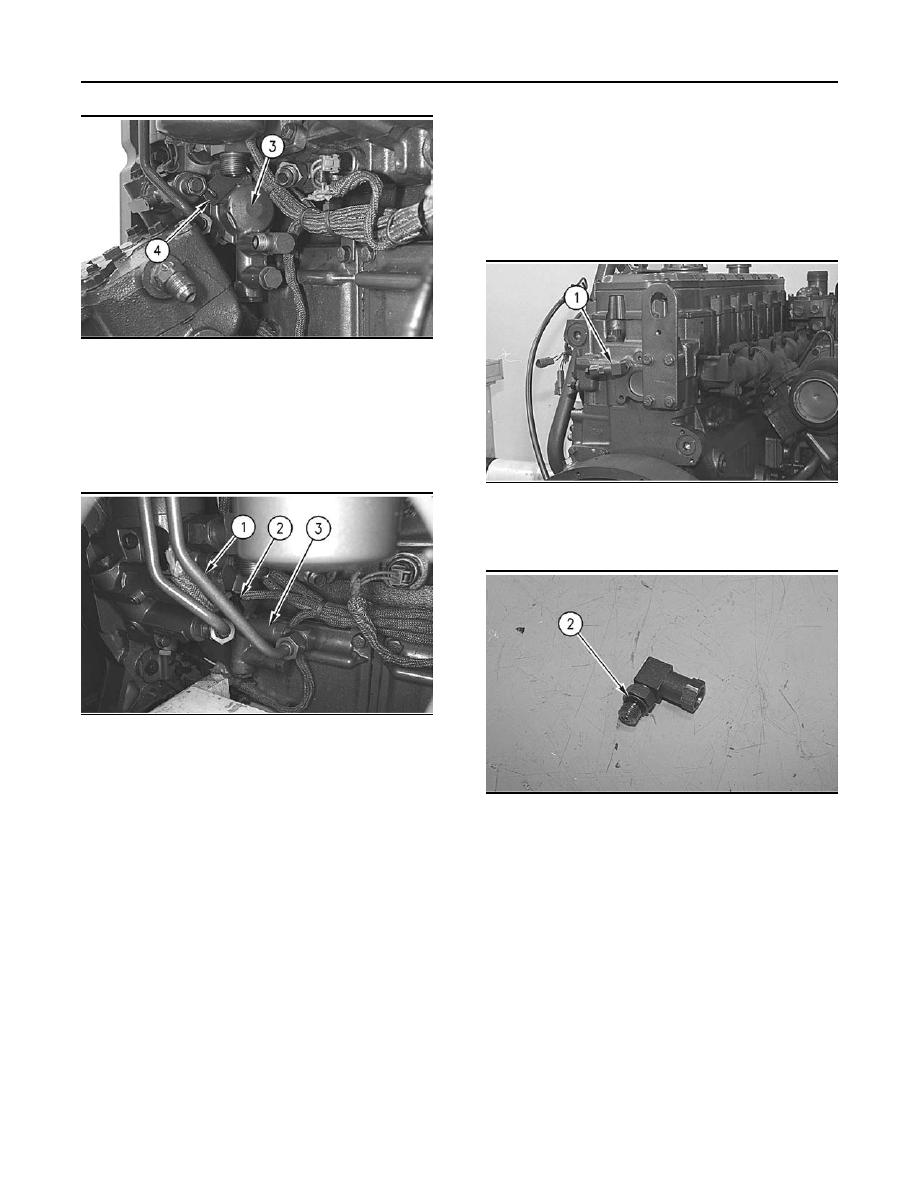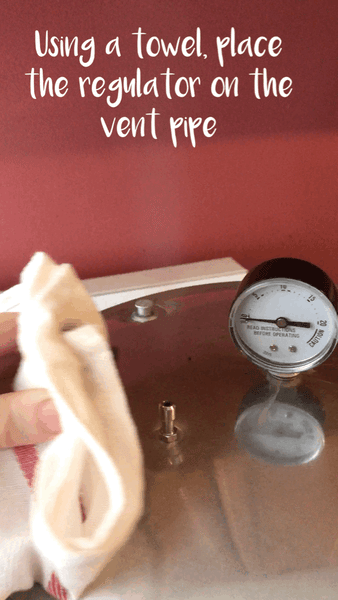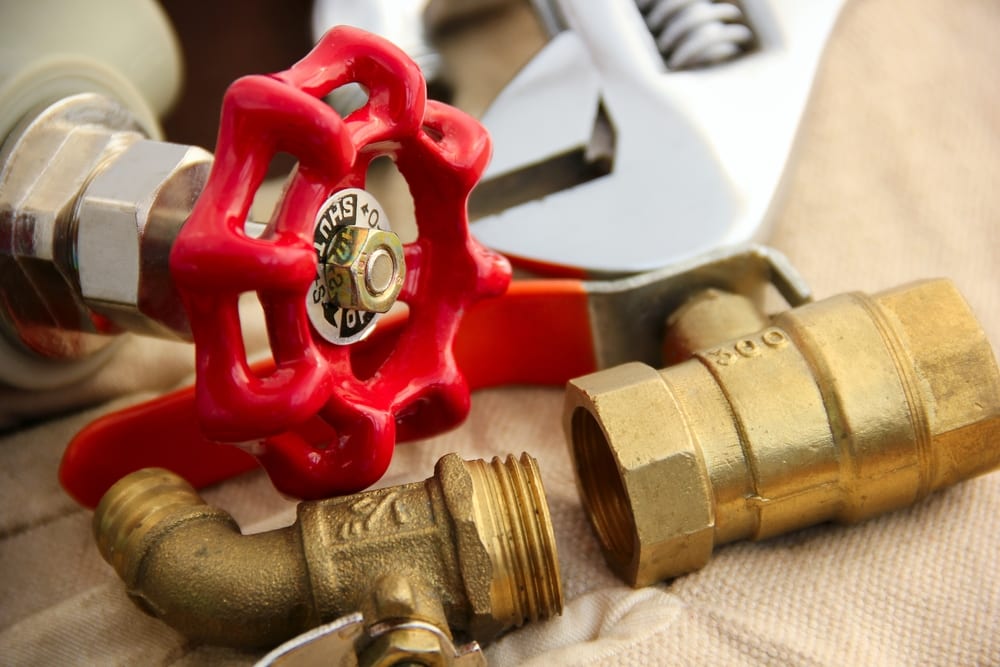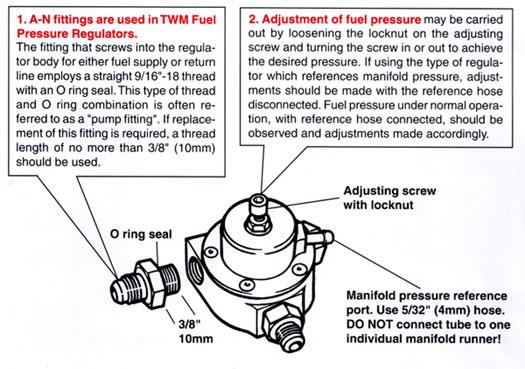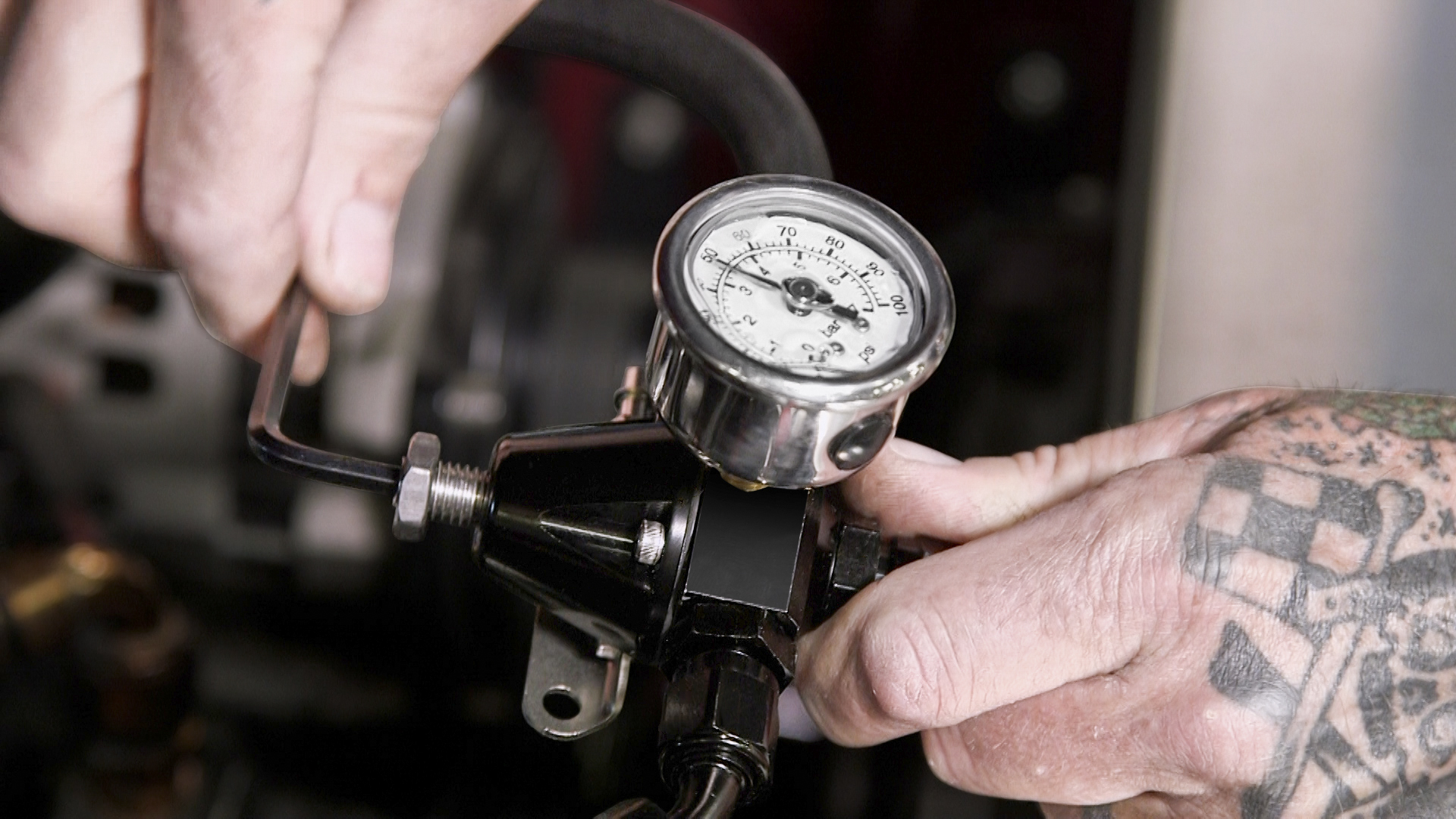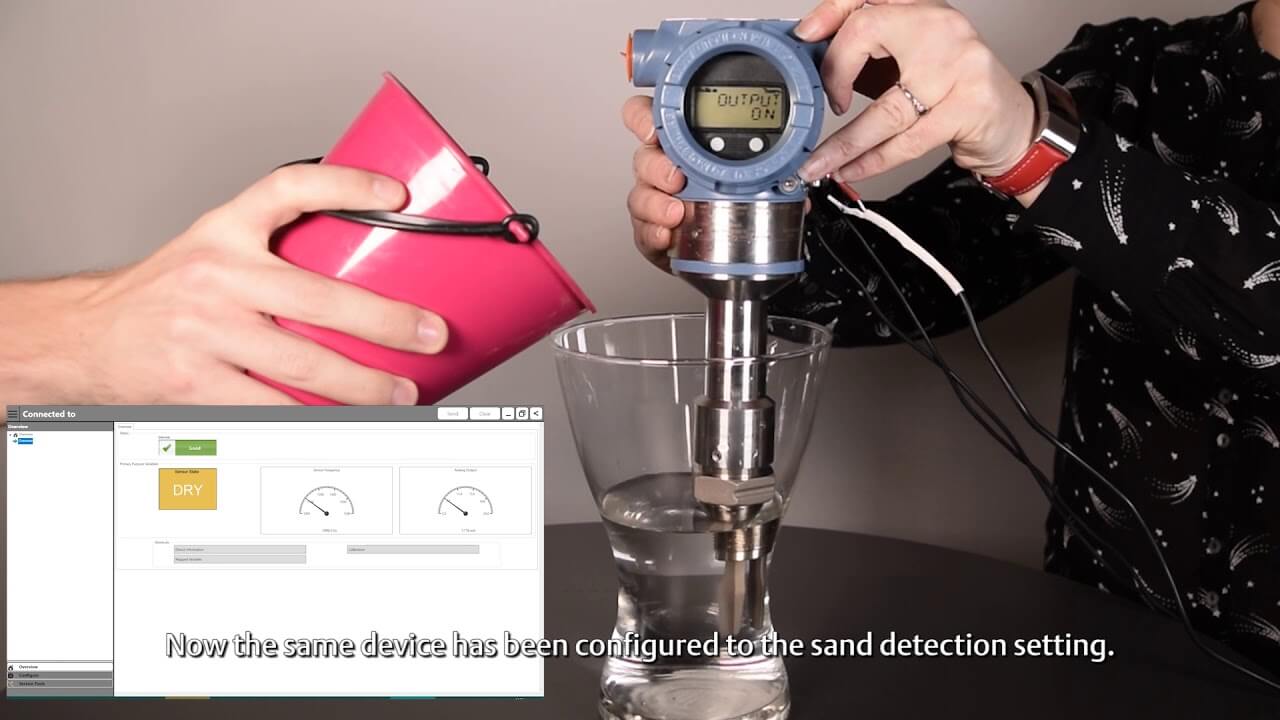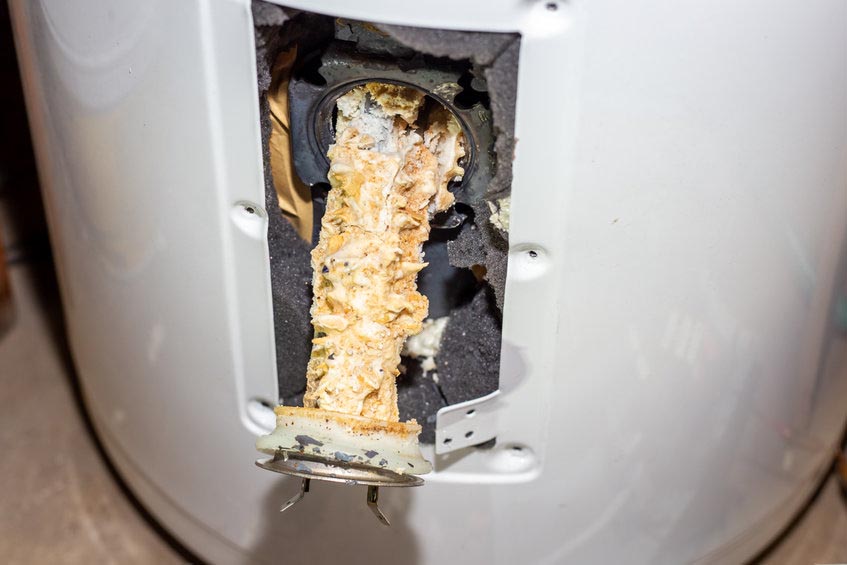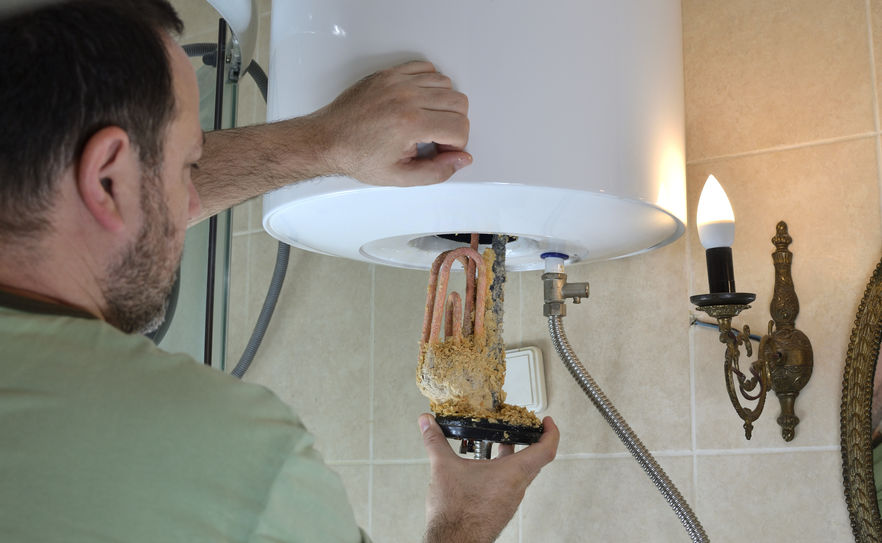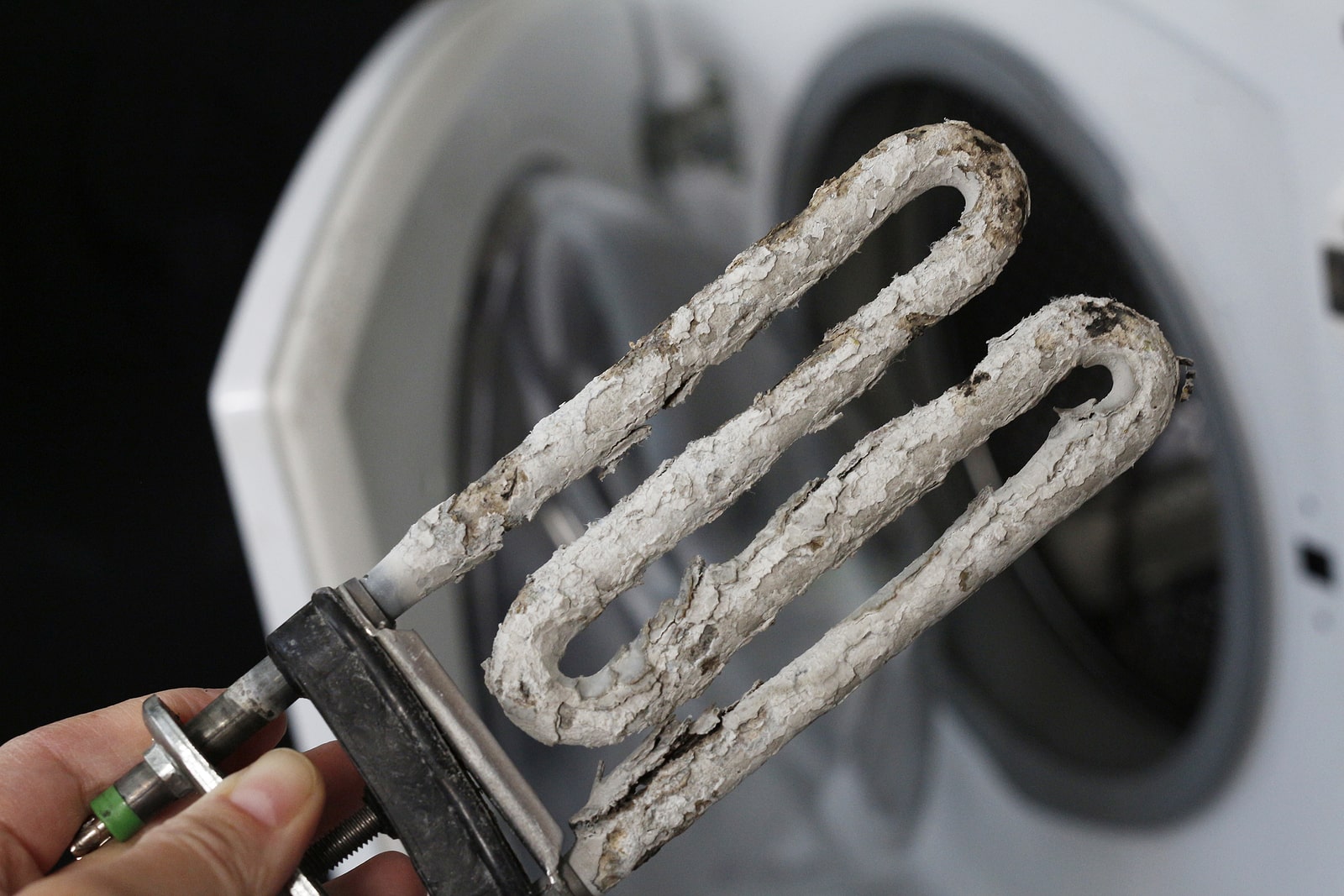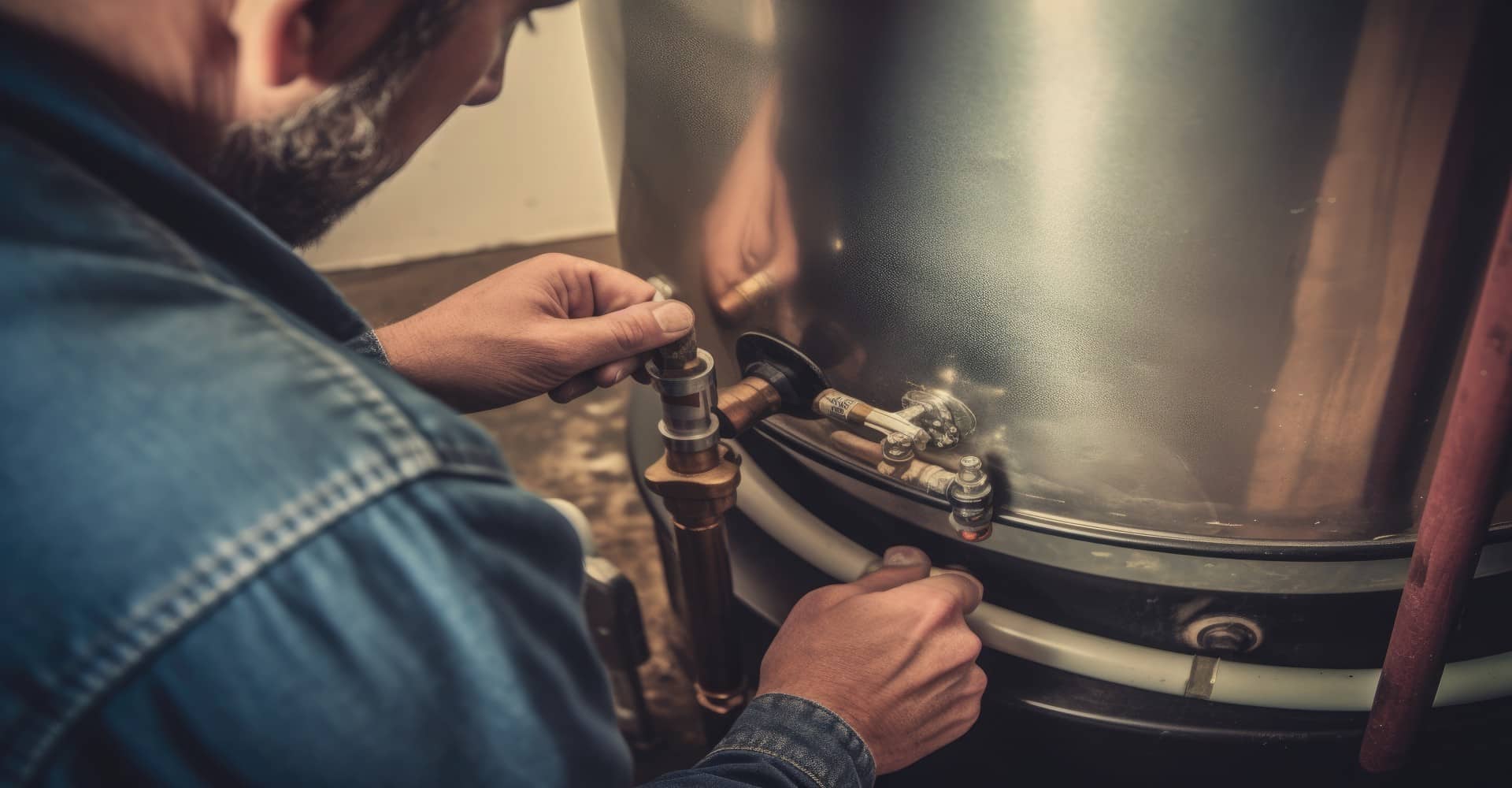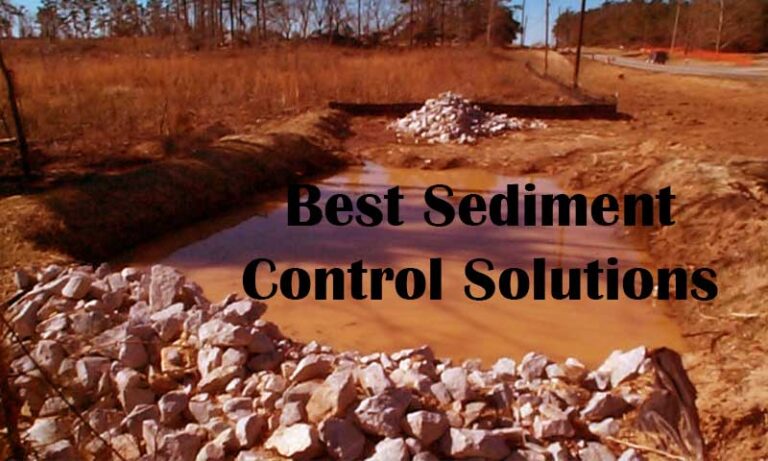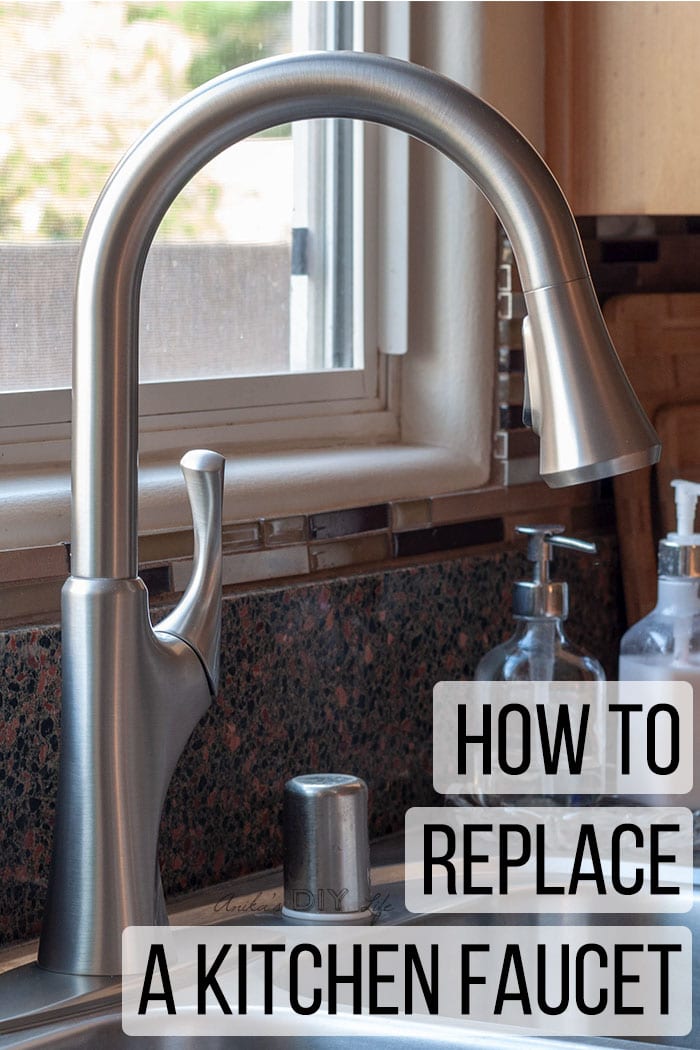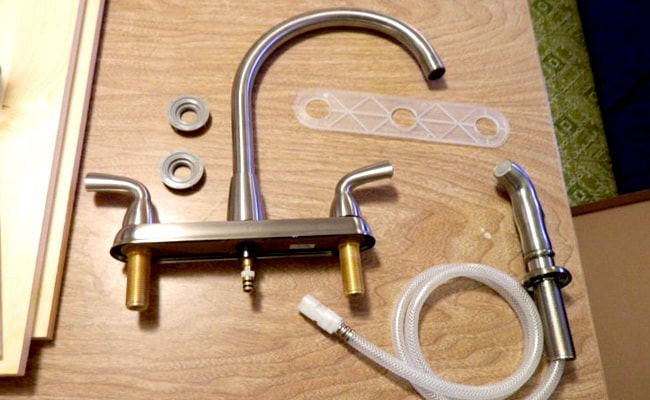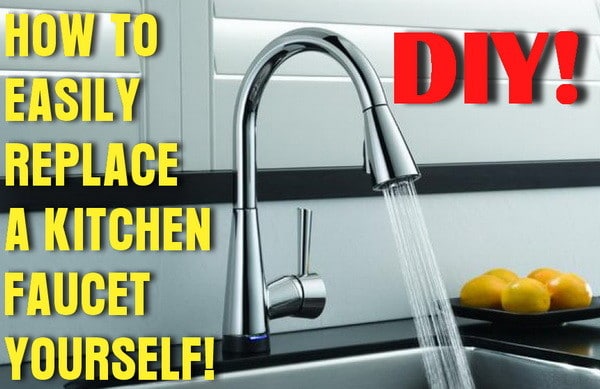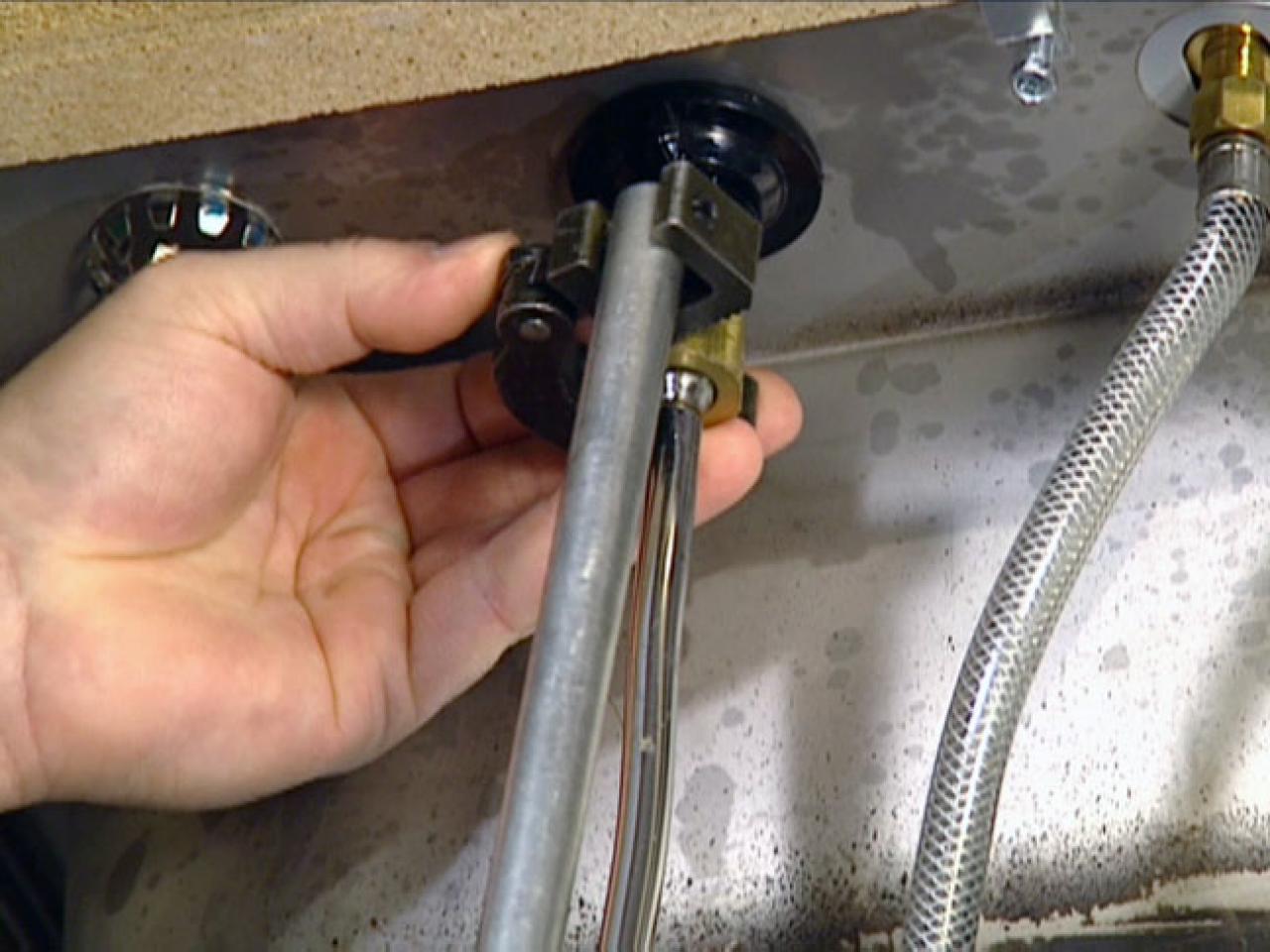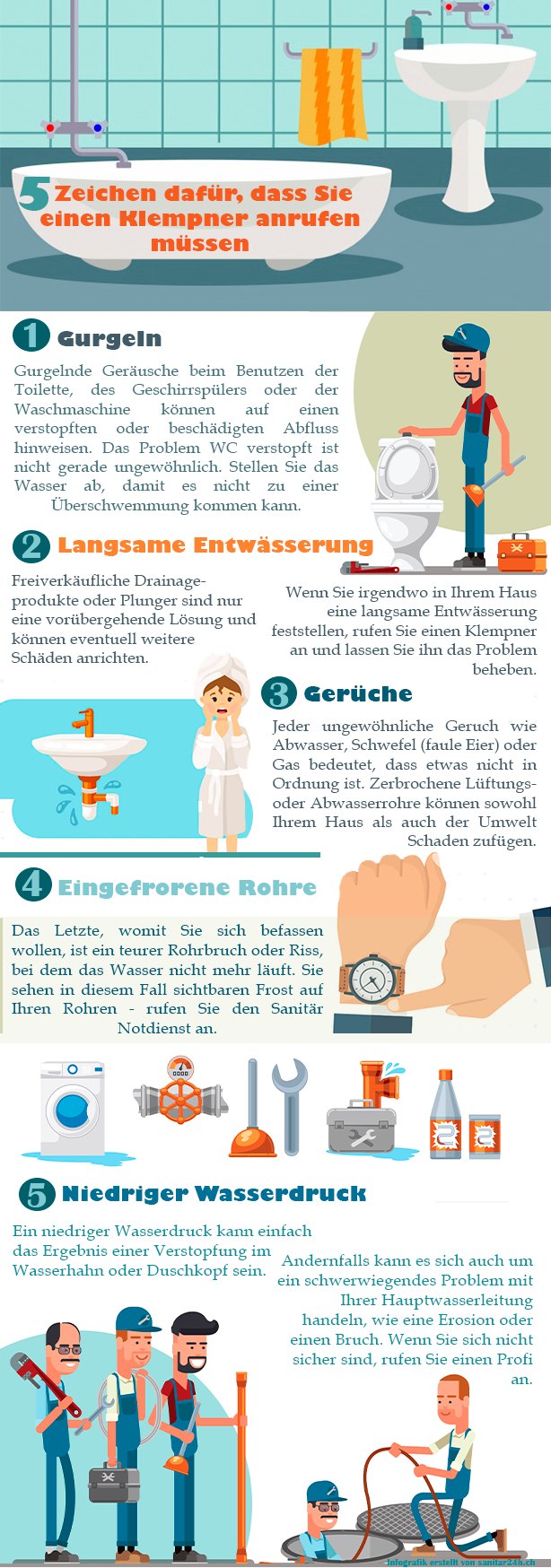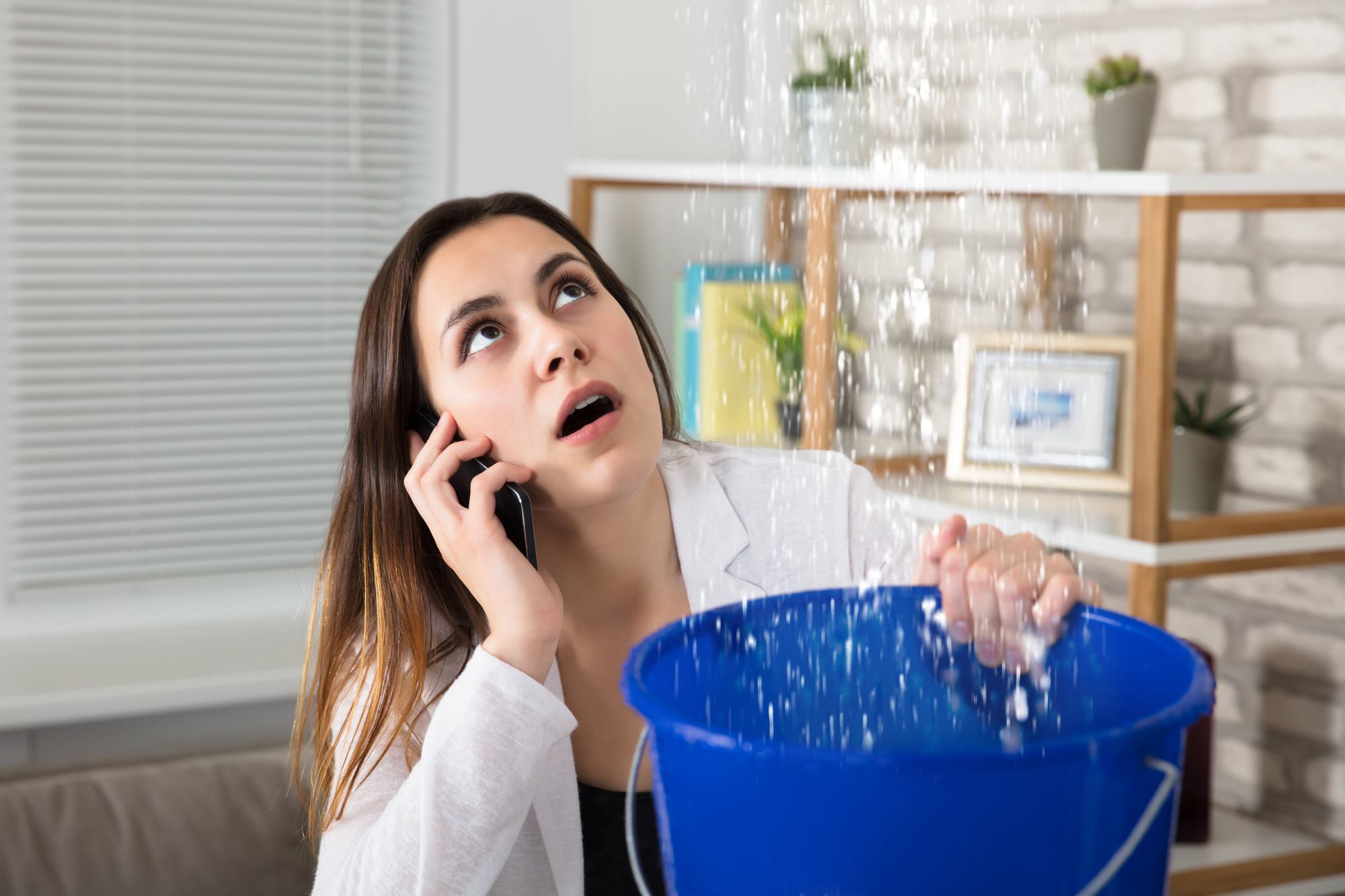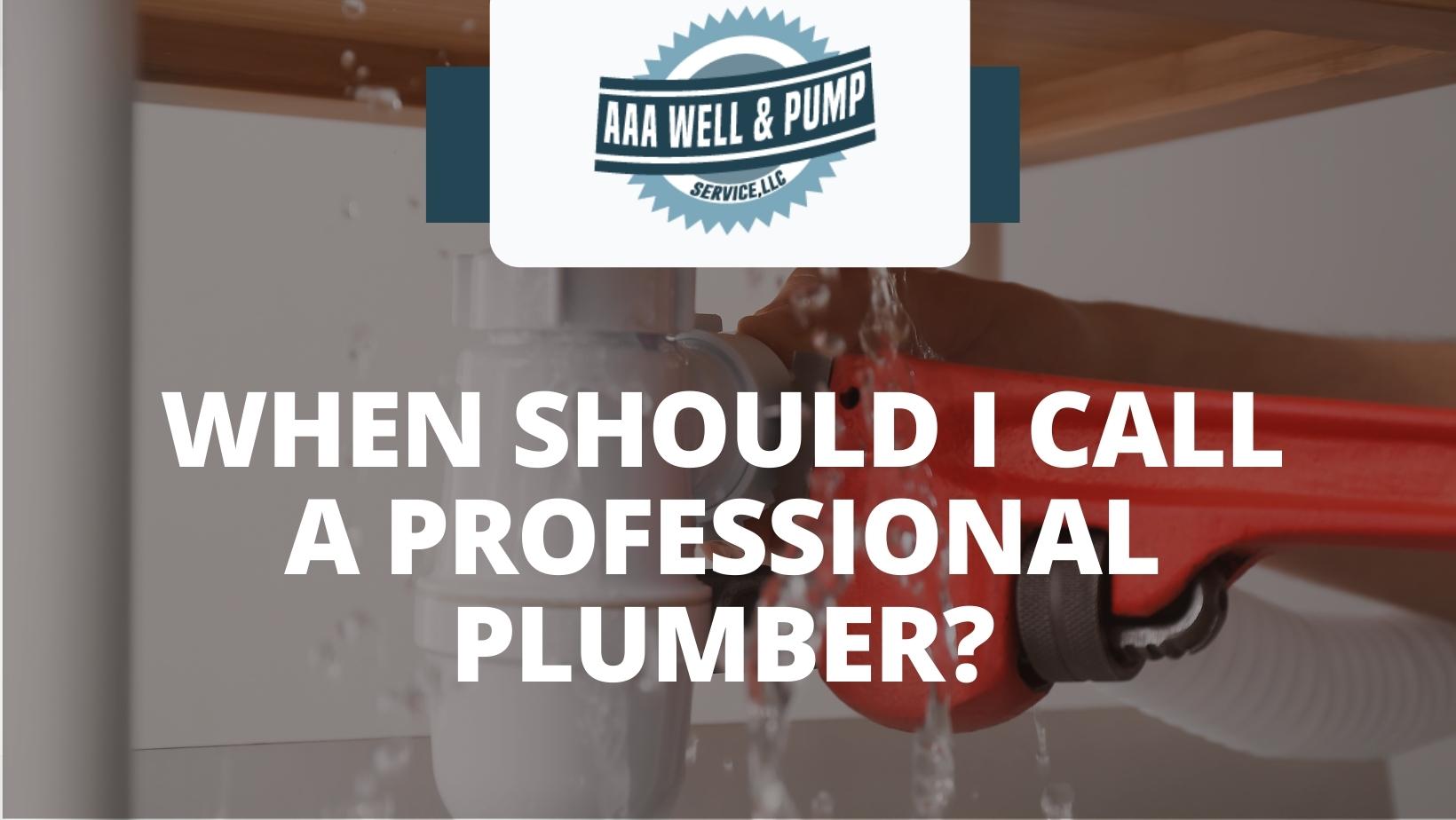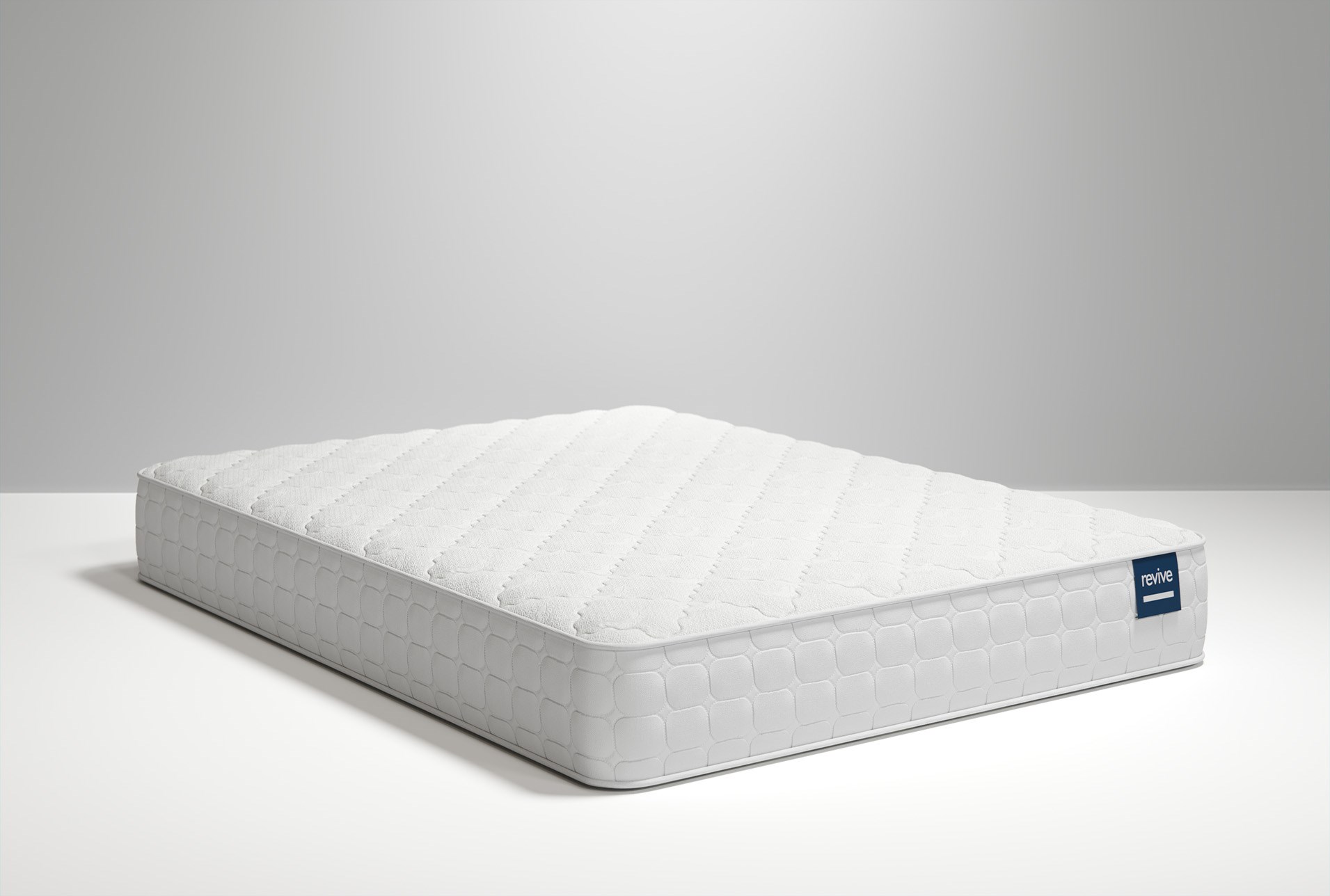If you're experiencing slow water pressure in your kitchen sink, the first thing to check is the water pressure itself. Low water pressure can be caused by a variety of issues, such as a clogged or faulty water supply line, a damaged pressure regulator, or a problem with the municipal water supply. To check the water pressure, you can use a pressure gauge or simply turn on the faucet and see if the water is flowing at a steady rate. If the pressure is too low, it's time to take action.Check the water pressure
One of the most common causes of slow water pressure in the kitchen sink is an old or faulty water heater. Over time, water heaters can become clogged with sediment and mineral deposits, which can restrict water flow and lower the pressure. If your water heater is more than 10 years old or showing signs of wear and tear, it may be time to replace it. Consider investing in a high-efficiency water heater to improve water pressure and save on energy costs.Replace the water heater
The aerator is the small screen at the end of the faucet that helps regulate water flow and prevent splashing. Over time, mineral deposits and debris can build up in the aerator, causing it to clog and restrict water flow. To clean the aerator, unscrew it from the faucet and soak it in a mixture of vinegar and water for a few hours. Rinse it off and reattach it to the faucet to see if it improves the water pressure.Clean the aerator
The shut-off valve is the valve that controls the flow of water into your home. If this valve is not fully open, it can restrict water flow and lower the pressure. Check to make sure the valve is fully open and not partially closed. If it is partially closed, turn it all the way open to see if it improves the water pressure in your kitchen sink.Check the shut-off valve
Leaks in the pipes can also cause low water pressure in your kitchen sink. Over time, pipes can become corroded or damaged, resulting in leaks and reduced water flow. Inspect the pipes under your sink for any signs of leaks, such as puddles of water or damp spots. If you find a leak, it's important to get it fixed as soon as possible to prevent further damage and improve water pressure.Inspect the pipes for leaks
If your water heater is not the issue, but you still have low water pressure in your kitchen sink, it may be time to flush the water heater. Flushing the water heater involves draining out the old water and sediment that has built up over time, allowing for cleaner and more efficient water flow. You can do this yourself by following the manufacturer's instructions, or hire a professional plumber to do it for you.Flush the water heater
If your home has high water pressure, it can cause damage to your pipes and appliances, and also result in low water pressure in certain areas. Installing a pressure regulator can help regulate the water pressure and prevent these issues. A pressure regulator can be installed at the main water supply line to your house or at the individual fixtures, such as the kitchen sink.Install a pressure regulator
Sediment buildup can occur in your pipes and fixtures, causing clogs and reducing water pressure. This is especially common in areas with hard water, as the minerals in the water can leave deposits behind. To prevent this, you can install a water softener or use a filter on your kitchen sink to remove these minerals and improve water flow.Check for sediment buildup
If all else fails, it may be time to replace your kitchen faucet. Over time, faucets can become worn out and damaged, resulting in reduced water pressure. Consider investing in a high-quality faucet with good water flow and pressure ratings. Make sure to properly install the new faucet and check for any leaks to ensure optimal water pressure in your kitchen sink.Replace the kitchen faucet
If you've tried all of the above solutions and are still experiencing slow water pressure in your kitchen sink, it may be time to call a professional plumber for help. They can diagnose and fix any underlying issues, such as clogged pipes or faulty water supply lines, to improve water pressure and ensure your kitchen sink is functioning properly. In conclusion, low water pressure in your kitchen sink can be a frustrating and inconvenient issue. However, by checking the water pressure, replacing an old water heater, cleaning the aerator, checking the shut-off valve, inspecting for leaks, flushing the water heater, installing a pressure regulator, checking for sediment buildup, replacing the faucet, or calling a plumber for professional help, you can improve water pressure and have a fully functional kitchen sink once again.Call a plumber for professional help
The Importance of Proper Water Pressure in Your Kitchen Sink

Don't Let a Slow Water Pressure Ruin Your Cooking and Cleaning Experience
 When it comes to designing and renovating a house, one of the most overlooked aspects is the water pressure in the kitchen sink. Many homeowners focus on the aesthetic and functionality of their kitchen, but fail to realize the impact of water pressure on their daily activities.
Having a new water heater that causes slow water pressure in your kitchen sink can be a frustrating and inconvenient problem.
Not only does it make cooking and cleaning tasks more difficult, but it can also indicate underlying issues with your plumbing system.
Water pressure refers to the force at which water flows through your pipes and out of your faucets.
The ideal water pressure for a kitchen sink is between 45-55 psi (pounds per square inch), as it allows for efficient use of water without causing damage to your pipes or appliances. Anything below 40 psi is considered low, while a pressure above 80 psi can be too high and cause leaks or burst pipes.
So why is proper water pressure important in your kitchen sink?
For starters, it affects the performance of your faucet.
Low water pressure can result in weak and inconsistent water flow, making it difficult to wash dishes or fill up pots and pans.
This can also lead to longer wait times for hot water, as the flow rate is affected by the pressure. On the other hand, high water pressure can cause splashing and create a mess while washing dishes or hands.
Proper water pressure is also crucial for the longevity of your appliances and plumbing system.
Low water pressure can cause strain on your pipes and appliances, leading to leaks, corrosion, and damage.
This can result in costly repairs and replacements in the long run. On the other hand, high water pressure can cause stress on your plumbing system, causing it to wear out faster and potentially leading to burst pipes.
If you have recently installed a new water heater and noticed a decrease in water pressure in your kitchen sink,
there are a few things you can do to troubleshoot the issue.
First, check your water heater's pressure relief valve to make sure it is not malfunctioning. Next, check for any clogs or build-up in your pipes or faucet aerator. If the issue persists, it may be time to call a professional plumber to inspect and fix any underlying issues.
In conclusion,
proper water pressure is crucial for a functional and efficient kitchen sink.
It not only affects daily tasks but also impacts the overall health of your plumbing system. If you have noticed a decrease in water pressure after installing a new water heater, it's best to address the issue as soon as possible to avoid any further complications. Remember, a well-designed and functional kitchen is not just about aesthetics, but also about the functionality and convenience it provides.
When it comes to designing and renovating a house, one of the most overlooked aspects is the water pressure in the kitchen sink. Many homeowners focus on the aesthetic and functionality of their kitchen, but fail to realize the impact of water pressure on their daily activities.
Having a new water heater that causes slow water pressure in your kitchen sink can be a frustrating and inconvenient problem.
Not only does it make cooking and cleaning tasks more difficult, but it can also indicate underlying issues with your plumbing system.
Water pressure refers to the force at which water flows through your pipes and out of your faucets.
The ideal water pressure for a kitchen sink is between 45-55 psi (pounds per square inch), as it allows for efficient use of water without causing damage to your pipes or appliances. Anything below 40 psi is considered low, while a pressure above 80 psi can be too high and cause leaks or burst pipes.
So why is proper water pressure important in your kitchen sink?
For starters, it affects the performance of your faucet.
Low water pressure can result in weak and inconsistent water flow, making it difficult to wash dishes or fill up pots and pans.
This can also lead to longer wait times for hot water, as the flow rate is affected by the pressure. On the other hand, high water pressure can cause splashing and create a mess while washing dishes or hands.
Proper water pressure is also crucial for the longevity of your appliances and plumbing system.
Low water pressure can cause strain on your pipes and appliances, leading to leaks, corrosion, and damage.
This can result in costly repairs and replacements in the long run. On the other hand, high water pressure can cause stress on your plumbing system, causing it to wear out faster and potentially leading to burst pipes.
If you have recently installed a new water heater and noticed a decrease in water pressure in your kitchen sink,
there are a few things you can do to troubleshoot the issue.
First, check your water heater's pressure relief valve to make sure it is not malfunctioning. Next, check for any clogs or build-up in your pipes or faucet aerator. If the issue persists, it may be time to call a professional plumber to inspect and fix any underlying issues.
In conclusion,
proper water pressure is crucial for a functional and efficient kitchen sink.
It not only affects daily tasks but also impacts the overall health of your plumbing system. If you have noticed a decrease in water pressure after installing a new water heater, it's best to address the issue as soon as possible to avoid any further complications. Remember, a well-designed and functional kitchen is not just about aesthetics, but also about the functionality and convenience it provides.



/93097679-56a73c295f9b58b7d0e81657.jpg)
/testing-water-pressure-in-your-home-2718692-hero-98f45508ca5d44b6b551034ac5cedab5.jpg)
:max_bytes(150000):strip_icc()/testing-water-pressure-in-your-home-2718692-04-c37ab3236d0d4b61b87079ebf9ef823e-c1e1ef0104fb44778a287bd9bb5ec140.jpeg)

:max_bytes(150000):strip_icc()/the-men-s-hand-opens-the-ball-valve-on-the-collector-1006810456-5c5fc73fc9e77c000159c4af.jpg)

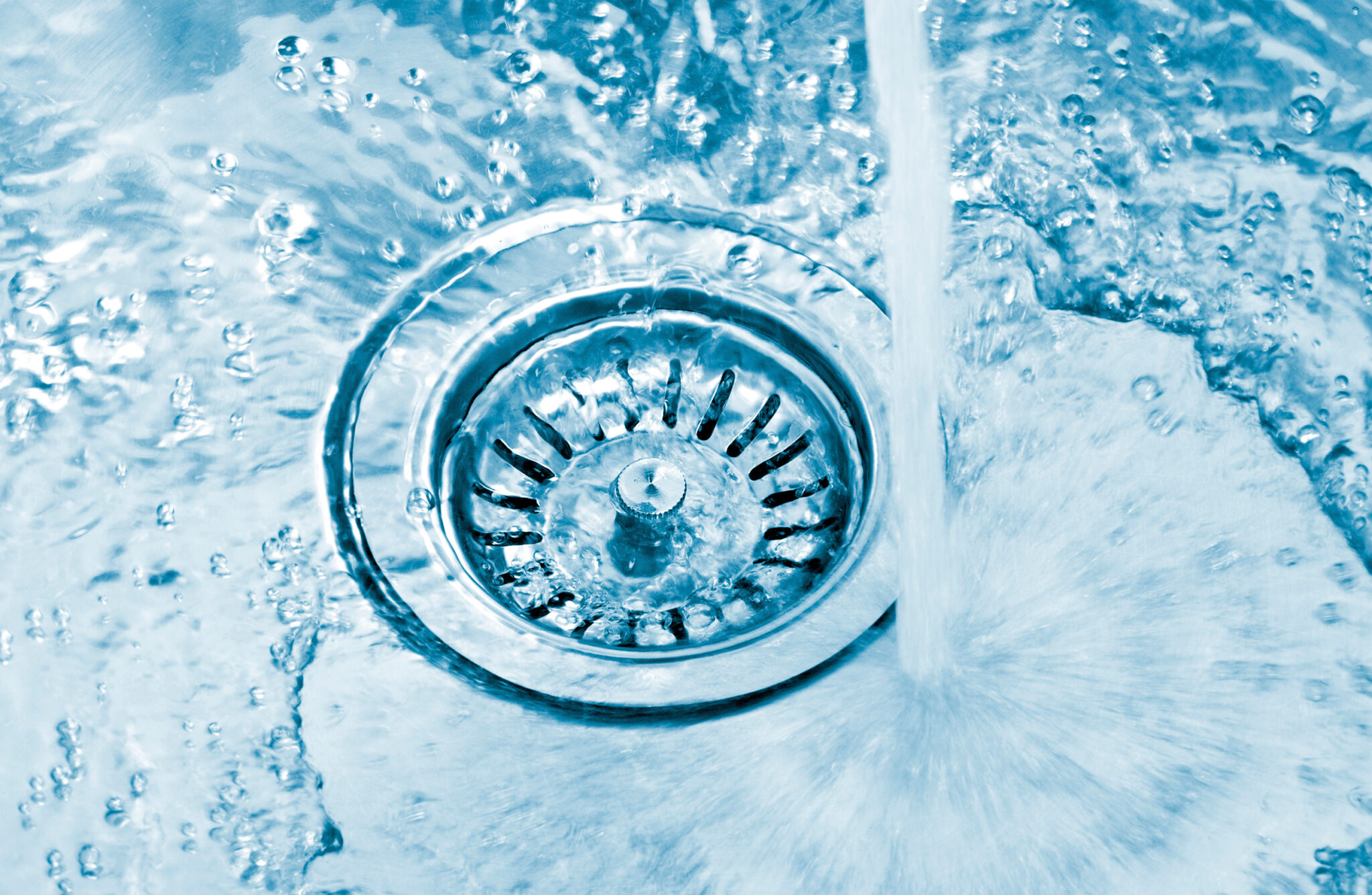


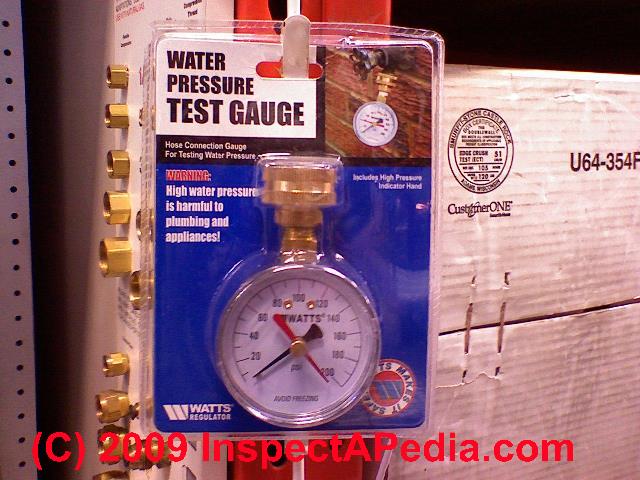
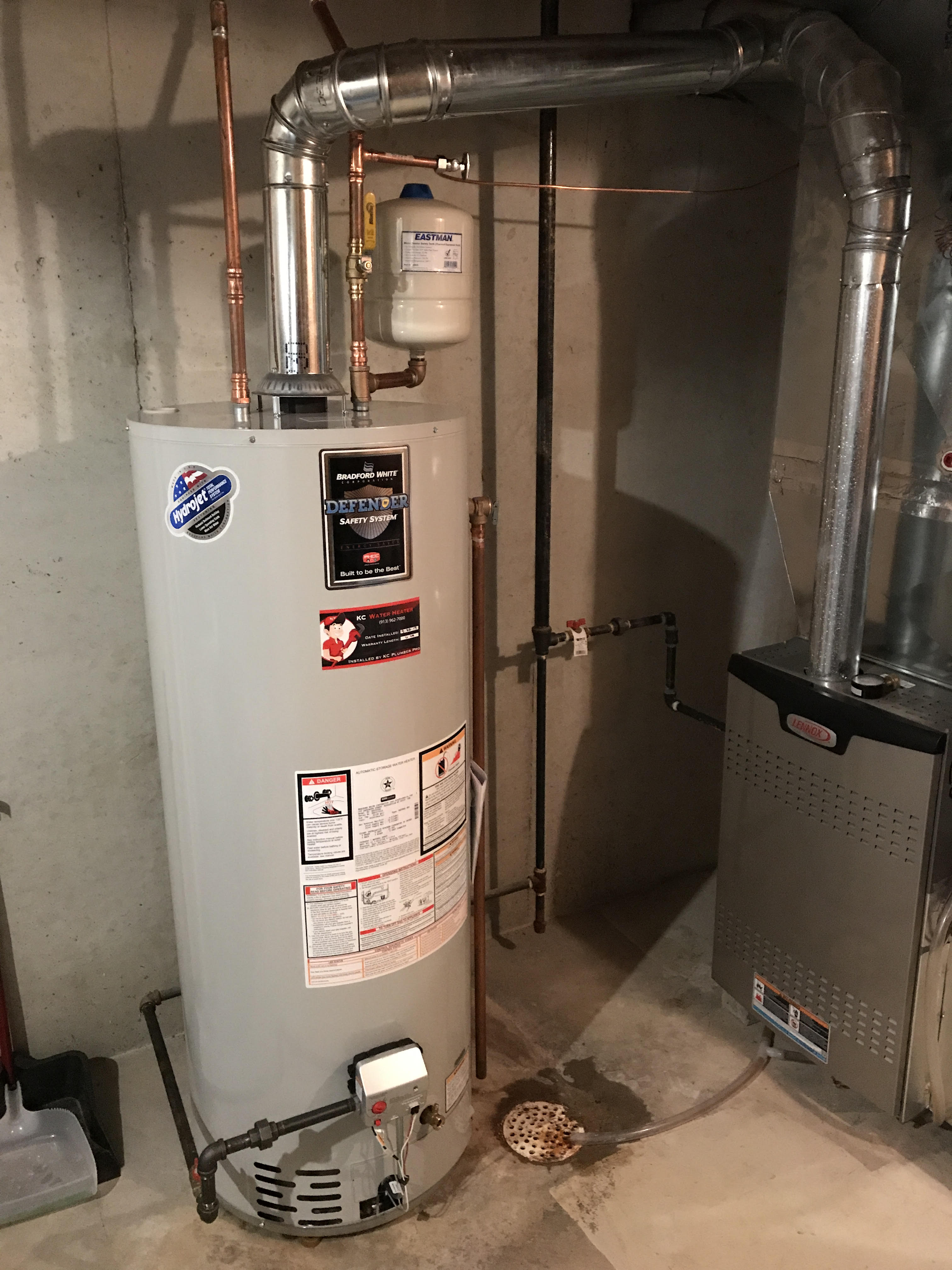

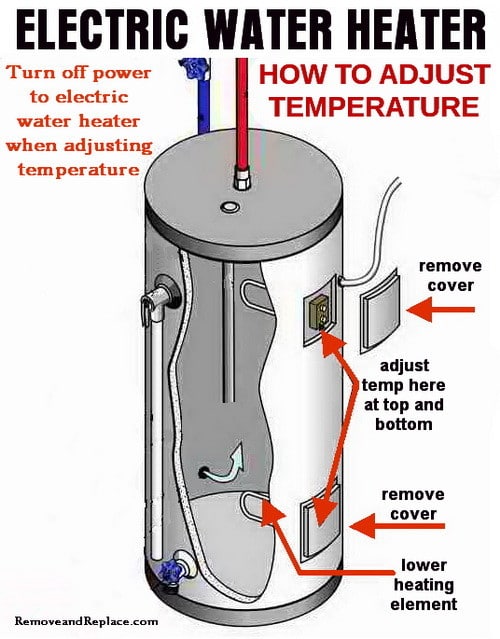

:max_bytes(150000):strip_icc()/cambiandounboiler-5aff2b32ff1b78002058e6d2.jpg)

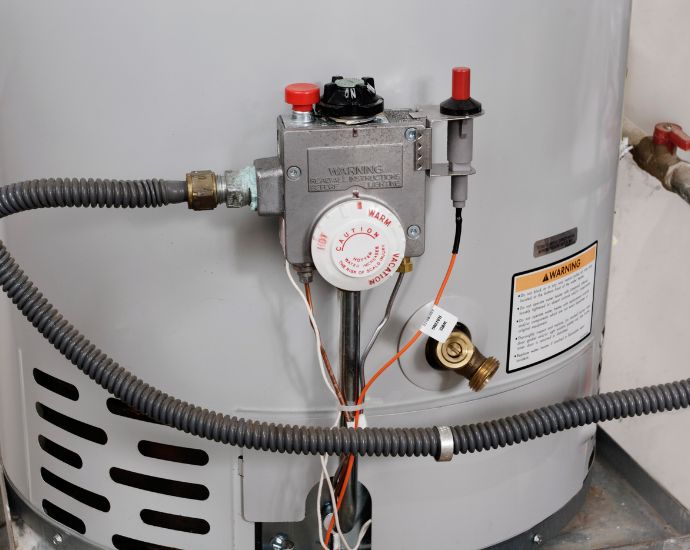

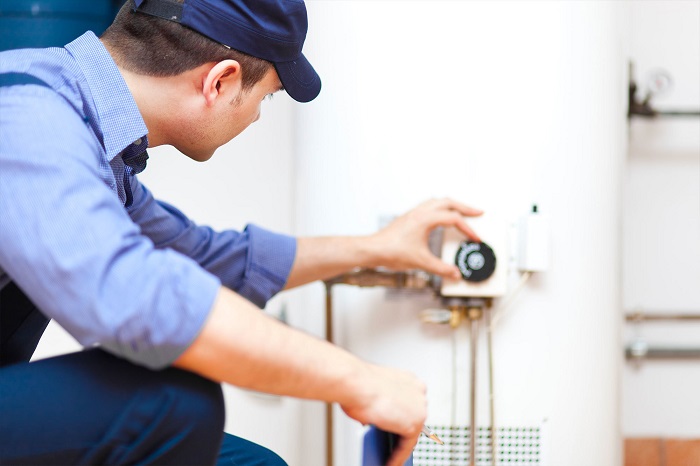

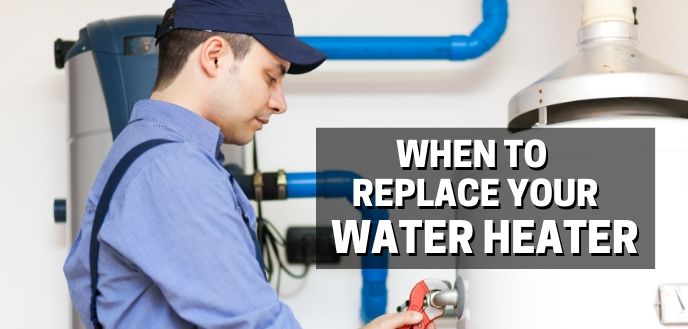

:max_bytes(150000):strip_icc()/ac7-56a73c5b3df78cf772938985.jpg)

:max_bytes(150000):strip_icc()/ac9-56a73c5b3df78cf77293898a.jpg)
:max_bytes(150000):strip_icc()/clearing-a-blocked-faucet-aerator-2718807-07-b5a90554991f4bb69efb45a472df7f23.jpg)
:max_bytes(150000):strip_icc()/removing-a-faucet-aerator-2718836-hero-01d87b8d7dd942ce8a8eee99f555781f.jpg)
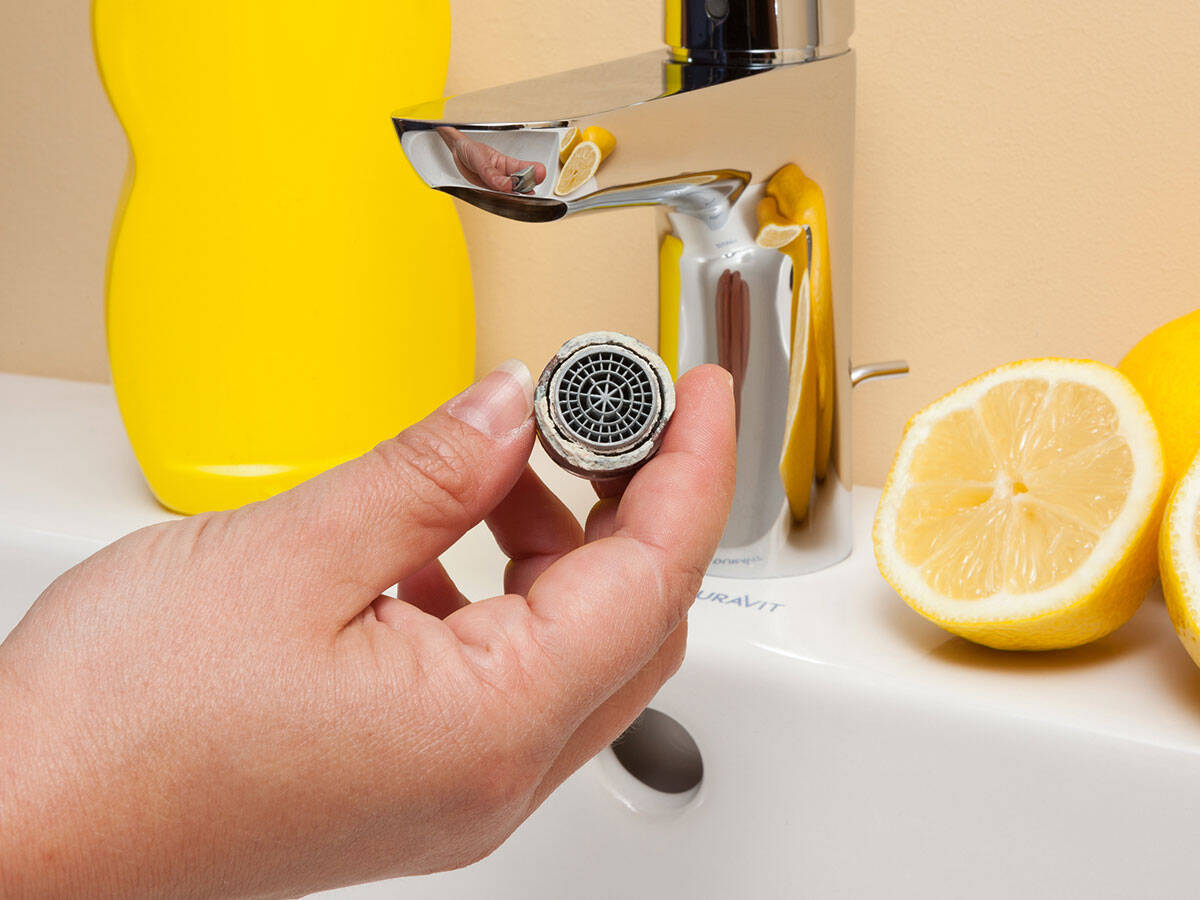

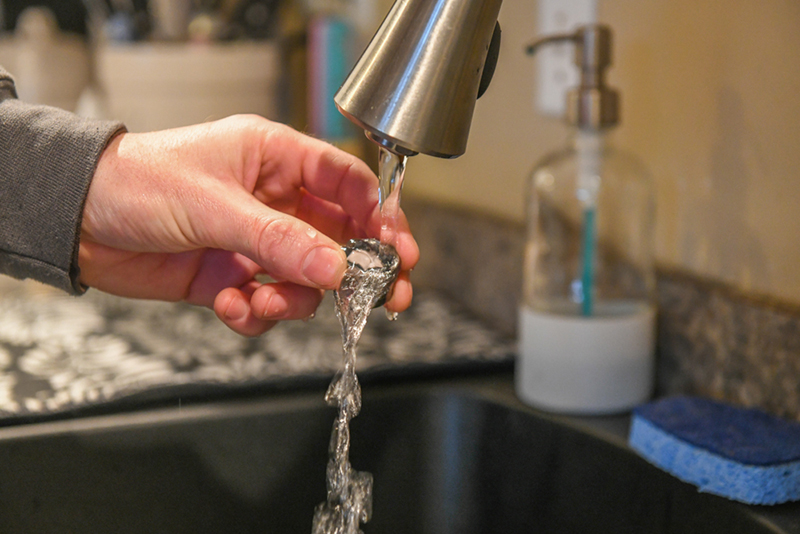
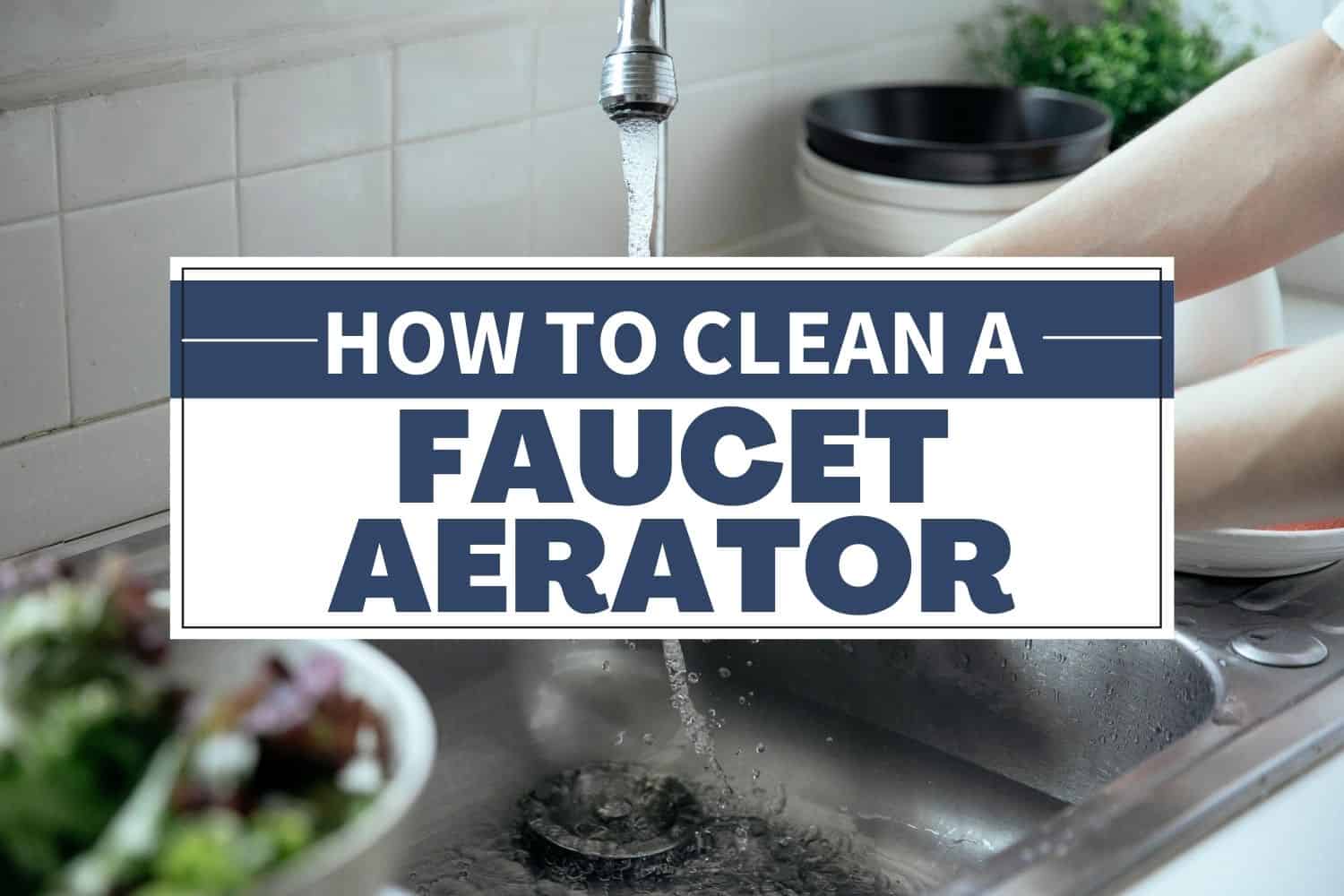






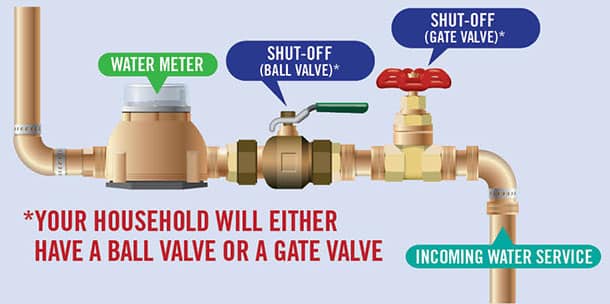

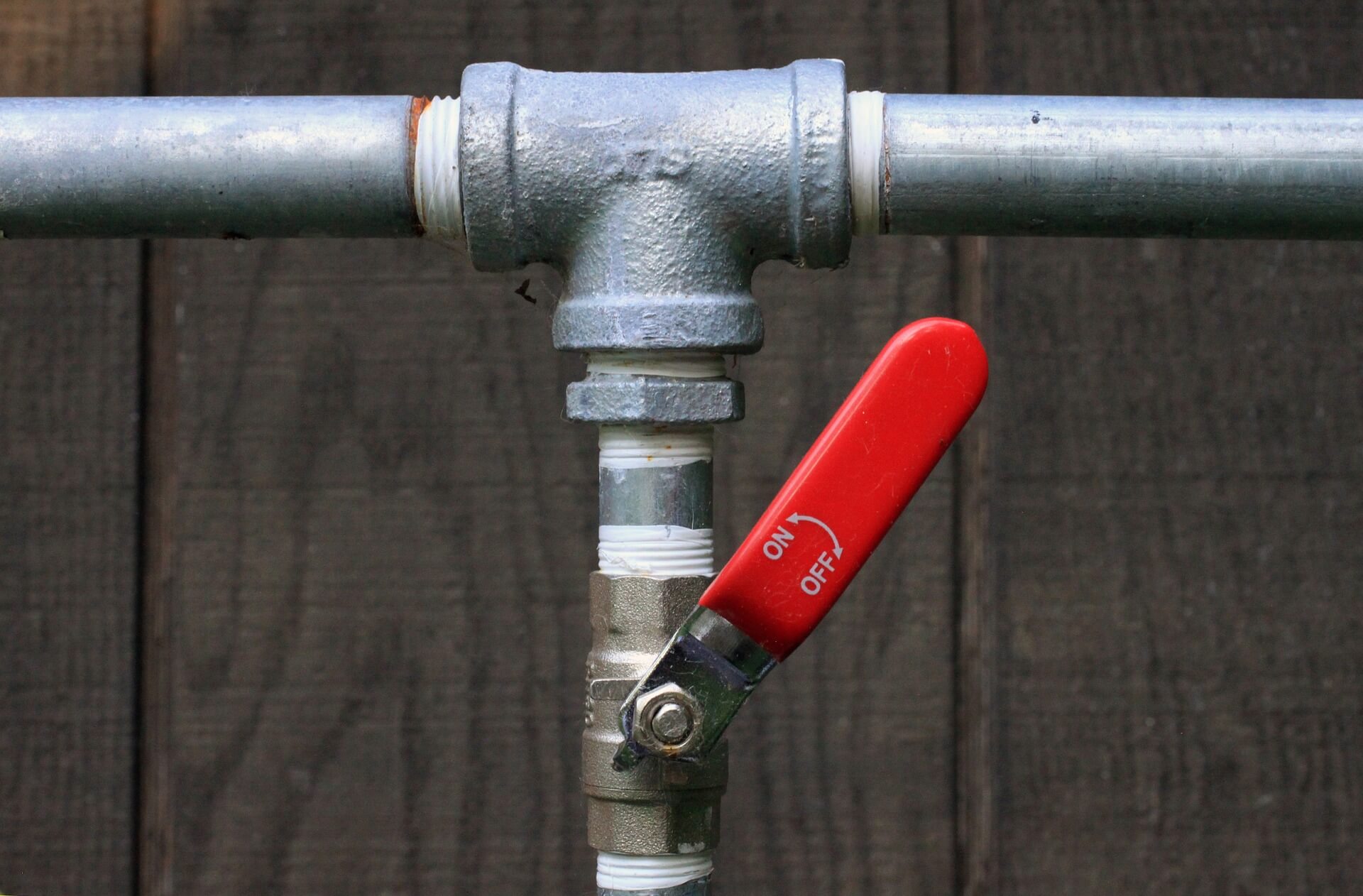
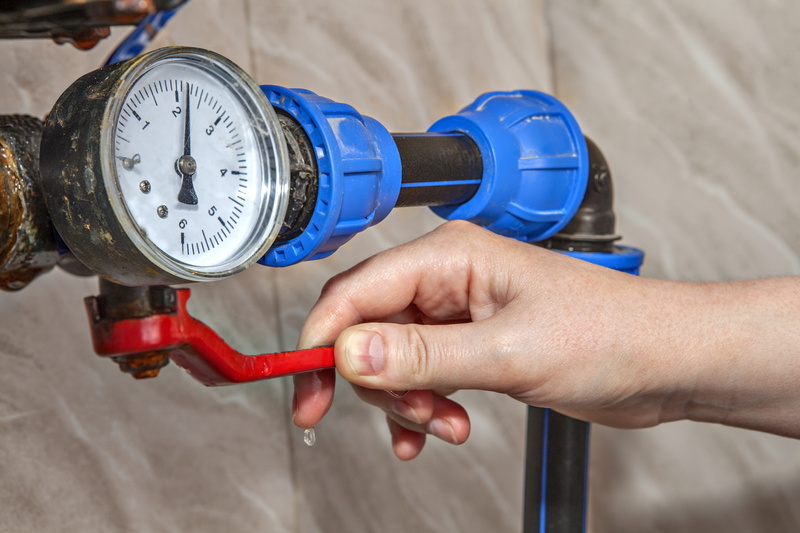
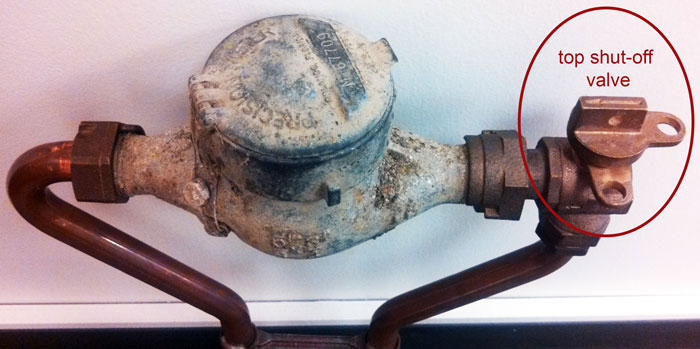
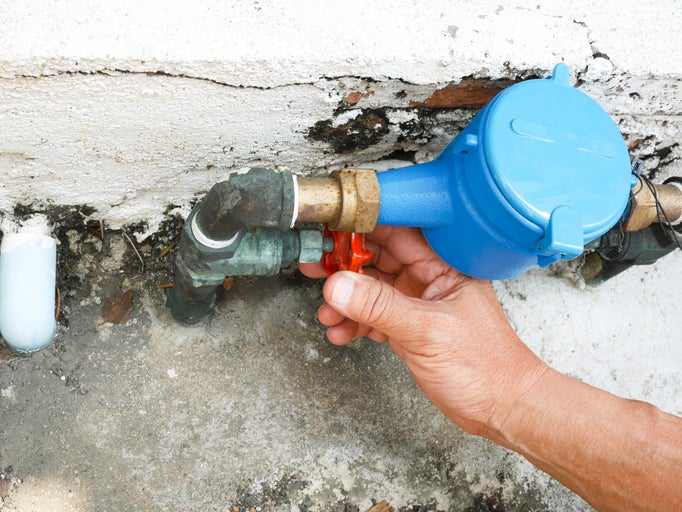
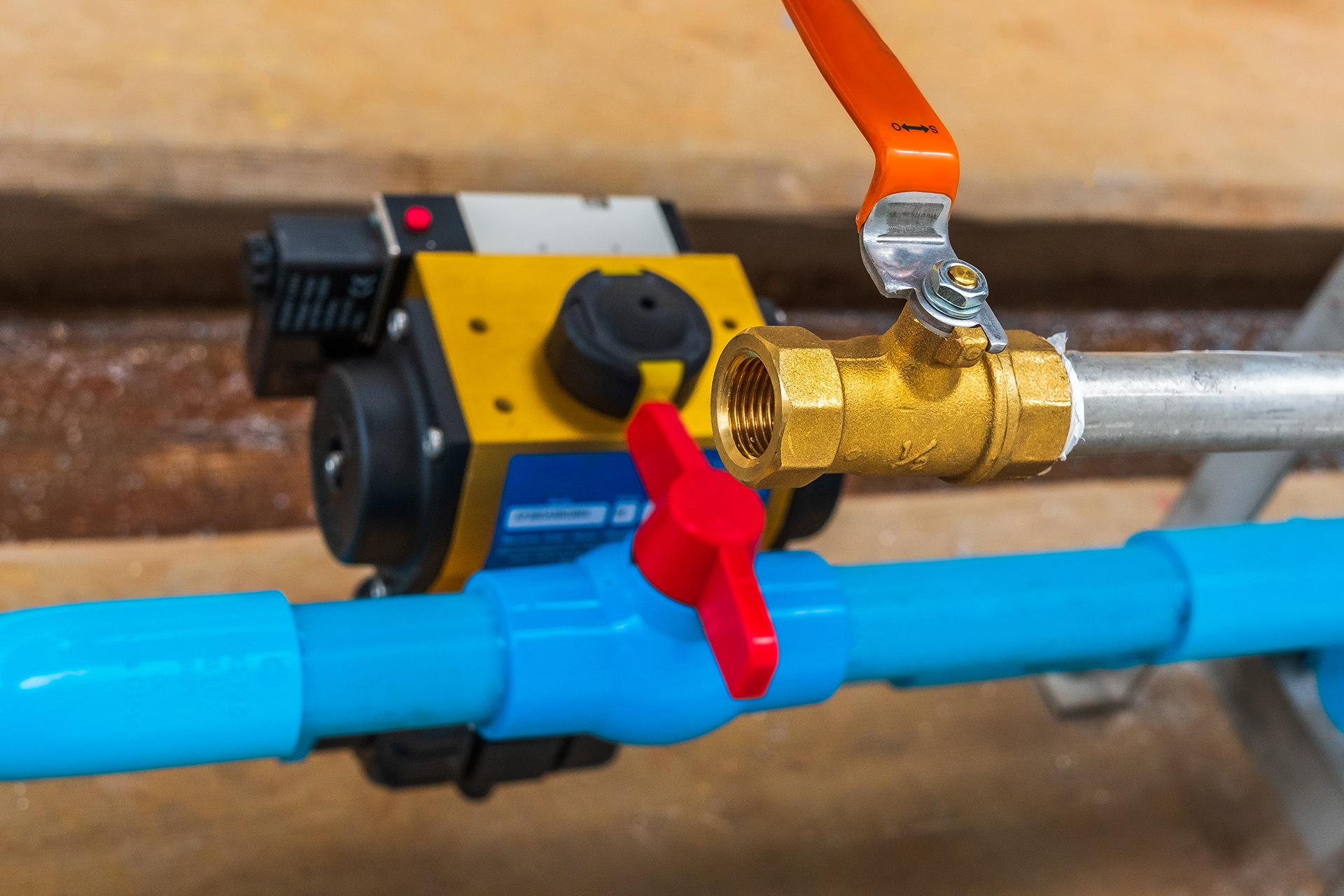





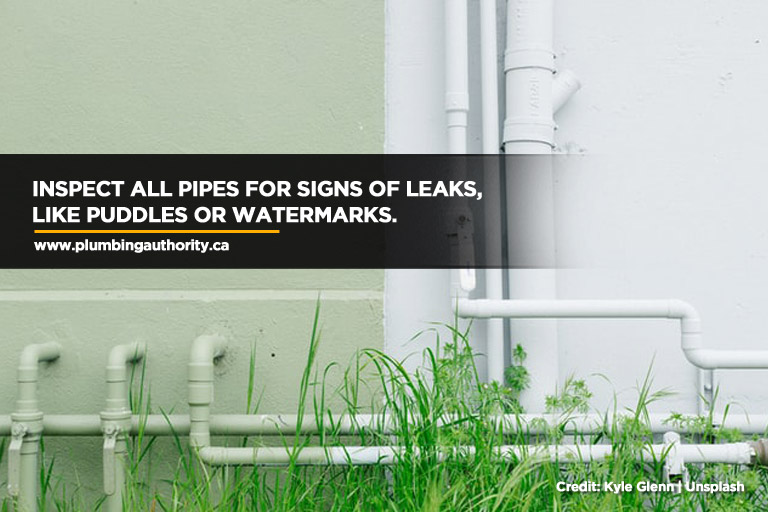



.jpg)

